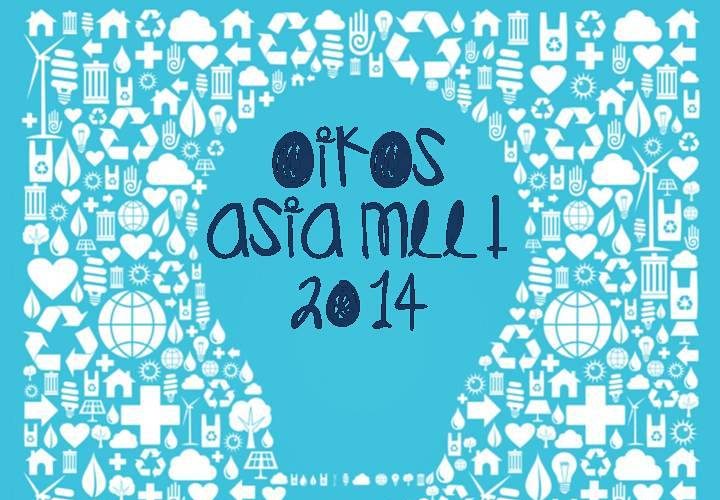test [download id=”17449″] https://oikos-international.org/wp-content/uploads/2015/06/2017_SE_free_case_Fresh-Truck_Case.pdf
Abstract The case reviews the rise of Guayakí, a company that sells energy drinks produced with leaves from Yerba Mate trees, and a significant decision it now faces. ...
Abstract: In three years, a small team of engineers led by a visionary entrepreneur Mr. Christian Thomas has developed a new process for producing iron, aluminum, copper, as...
Case Abstract In 2001 Tom Szaky, a Princeton freshman, founded TerraCycle in the hope of starting an eco-capitalist company built on waste – worm waste to be exact....
Case Abstract This case is about the sustainable development initiatives of one of the world’s leading food and beverage companies, PepsiCo. Faced with various criticisms on the social...
Case Abstract Tim O’Brien, Founder of Tropical Salvage, was ready to launch a growth strategy for his company. He had spent ten years building the sourcing, production and...
Case Abstract This case discusses The ReUse People, an organisation that specialises in deconstruction of buildings, with the aim of reusing as much of the materials as possible,...
Case Abstract By August 2007, Deborah Cairns and Fran Reilly had been in business just a year and their alternative, family-directed funeral business had already won a regional...
Case Abstract Throughout the 1990s there was increasing competition for Ontario’s forest land. The forest industry, including Tembec Inc, demanded from the Ontario government more certainty in the...
- 1
- 2


